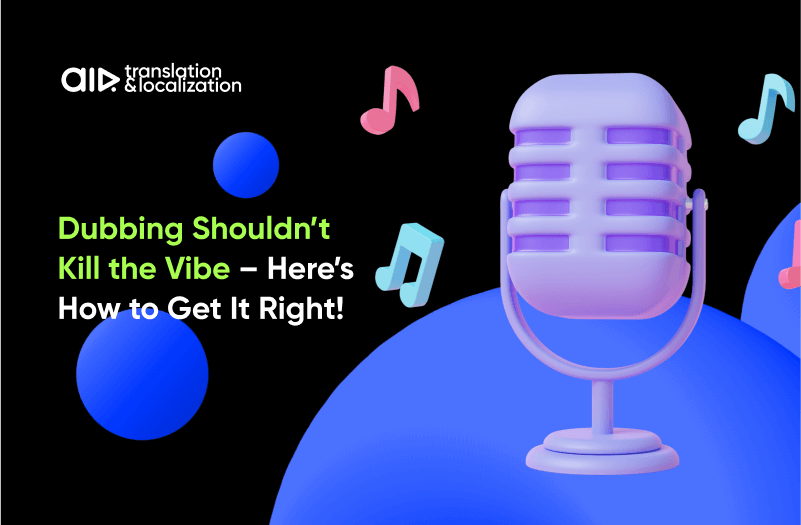01
Why AI Dubbing Alone Falls Short
02
What Happens When the Voice Doesn’t Match the Vibe
03
Common Mistakes in Dubbing That Ruin Emotional Impact
04
Where AI Dubbing Works (And Where It Doesn’t)
05
The Hybrid Approach: AI + Human Oversight
06
Getting It Right: Effective Dubbing Strategies for Emotional Impact
07
Emotional Connection Drives Growth
Ever watched a dubbed video that just felt… off? You know that feeling – you’re watching a video, and something isn’t clicking. The jokes aren’t funny, the suspense is gone, and the emotional moments fall flat. It’s not the script. It’s not the visuals. It’s the voice.
So, what’s the secret to dubbing that actually works? Can AI pull it off, or does a human touch still matter? And how do you make sure your content keeps its impact across languages? Let’s break it down.
Why AI Dubbing Alone Falls Short
AI tools make it tempting to go the quick and easy route. They promise speed, dubbing accuracy, and seamless synchronization. But the original excitement, sarcasm, or tension is gone. And suddenly, instead of pulling viewers in, you’re pushing them away. The importance of voice tone in dubbing cannot be overstated – it’s the key to keeping your audience engaged.
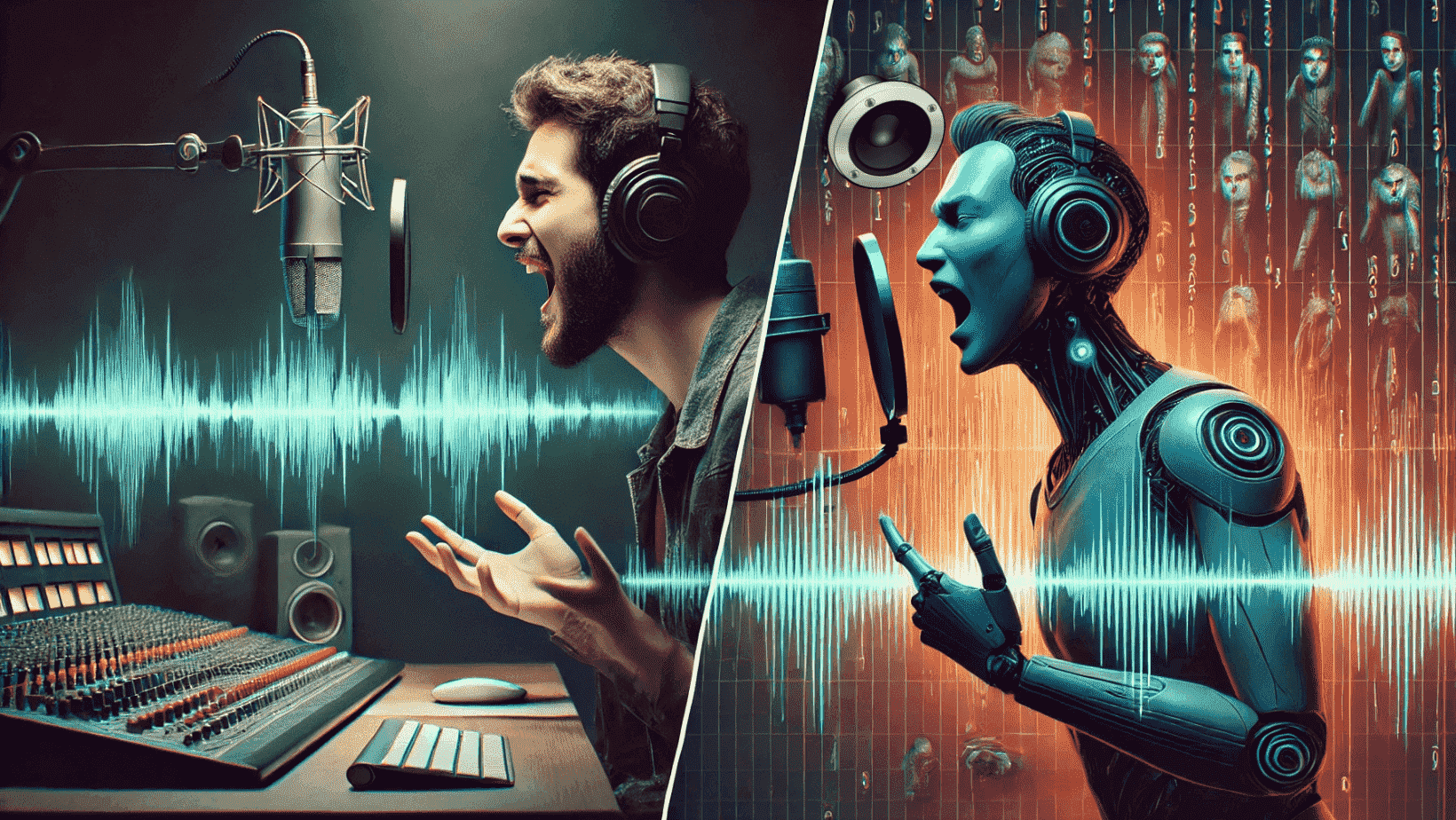
AI tools are getting better – no doubt. YouTube itself is rolling out AI-powered translation and subtitling features that are making content more accessible. AI-generated metadata translation? Great. Subtitle automation? Super useful. But dubbing? That’s still tricky.
Because AI still struggles with matching voice tone with character emotions in dubbing. The human voice is emotion. It’s rhythm. It’s personality. Strip those away, and you strip away the very thing that makes your content work.
That’s the difference between dubbing accuracy and just throwing a translated voice track on top of your video. And that’s why voice-over tone matching is important when dubbing for international audiences.
What Happens When the Voice Doesn’t Match the Vibe
You can see a storytelling YouTuber whose voice sets the mood for every mystery they cover. Now, replace that with an AI-generated voice that doesn’t know how to build suspense or emphasize key moments. The story falls flat, the emotional impact of dubbing on viewers is gone, engagement is down and the watch time is suffering.
And lifestyle creators whose entire brand is built on charisma. They joke, they tease, they pause dramatically before dropping a punchline. Now, take that same video and run it through an AI dubbing tool. What happens? The tone is off, the energy disappears, and the magic is lost. The emotional impact of dubbing on viewers is about how those words are said. And if you get that wrong, engagement tanks.
We've seen it from time to time. A travel vlogger narrates their adventure with pure excitement, but when AI dubbing replaces their voice, it sounds robotic. The emotional connection is gone. Viewers might tolerate it for a minute, but they won’t stick around. And when watch time drops, so does the algorithm’s favorability. That’s why best practices for emotional dubbing focus not just on accuracy, but on voice-over tone matching and emotional dubbing techniques.
Criadores do Top 10 do YouTube traduzem com a gente!
Vamos escolher a melhor estratégia de tradução para seu canal!
Common Mistakes in Dubbing That Ruin Emotional Impact
If you’ve ever watched a poorly dubbed video, you know how distracting it can be. The emotions feel flat, the timing is off, and the performance feels forced. Here are some of the biggest mistakes that creators (and even some professional dubbing teams) make:
- Ignoring emotional nuance
A sad scene needs a soft, sorrowful delivery. An AI or inexperienced dubber might simply translate the words without adjusting tone.
- Poor dubbing synchronization
If the words don’t align naturally with the character’s mouth movements or scene pacing, the immersion breaks instantly.
- Overly dramatic or robotic voice acting
Both extremes are bad. A good dub matches the original performance’s tone, intensity, and rhythm.
- Mismatched cultural references
A joke or phrase that makes sense in one language may need adaptation to work in another culture.
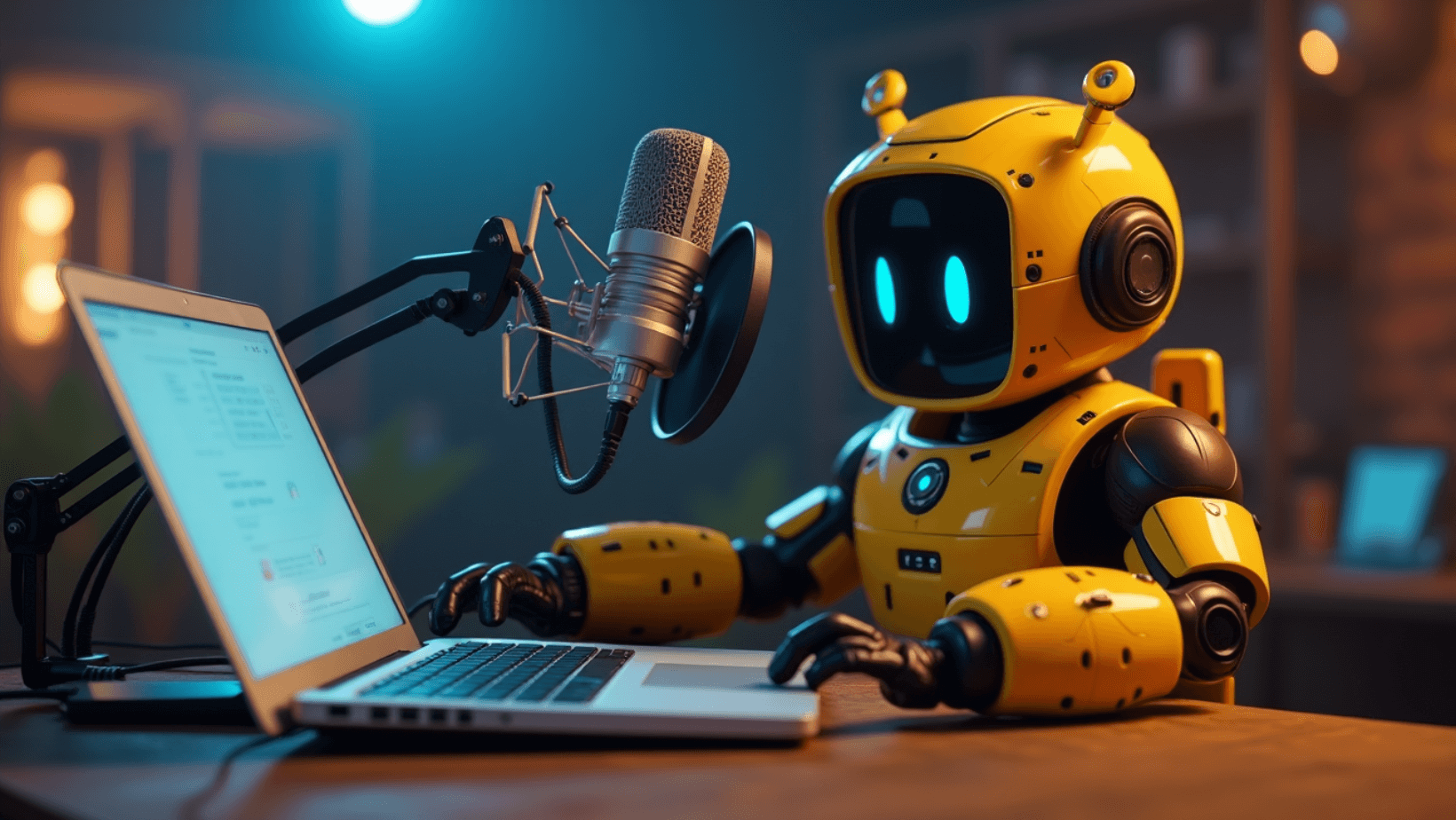
Where AI Dubbing Works (And Where It Doesn’t)
To be fair, AI can work for dubbing. It works well for certain types of content – think educational videos, DIY tutorials, and news updates. These formats prioritize clarity over emotion. If a tutorial on fixing a broken phone screen is dubbed with an AI voice, it still gets the job done. But try the same method with a true crime storyteller, where suspense and pacing are everything. It’s a disaster.
For example, a creator running a gaming commentary channel built their content around personality — fast-paced, fun, and full of energy. But when they used AI dubbing to expand internationally, they saw a steep drop in retention. Why? The voice tone was all wrong. Monotone where it should’ve been high-energy, flat when it needed tension. That’s why cultural adaptation in dubbing matters. Different languages have different rhythms, intonations, and ways of expressing excitement or sarcasm. AI doesn’t always get that.
Think about comedy content. Humor is all about timing, delivery, and tone. If an AI voice doesn’t get the inflection right, the joke doesn’t land at all. Cultural adaptation in dubbing matters too. A phrase that’s hilarious in English might not translate the same way in Spanish or Japanese. If the dubbed voice doesn’t adapt to the cultural context, the content doesn’t resonate.
The above examples are only for a part of the channels in these niches, and human supervision of AI dubbing is still important.
The Hybrid Approach: AI + Human Oversight
So, what’s the solution? Effective dubbing strategies involve AI for efficiency, but human oversight for emotional accuracy. That’s where dubbing synchronization fits perfectly. The goal is to preserve the original emotional intent while making it feel natural in another language.
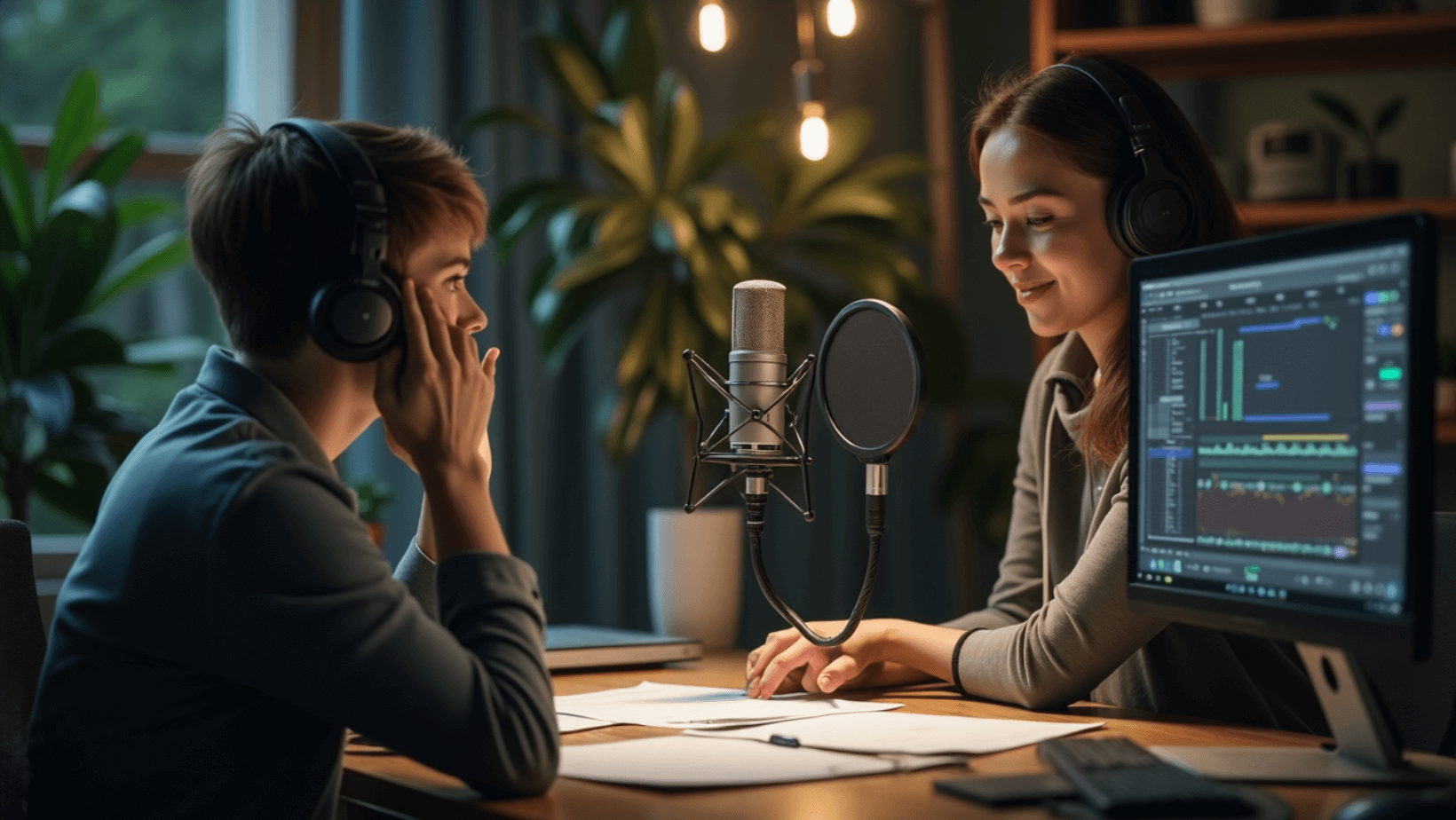
Services like AIR Translate handle this balance. With native voice actors and AI-assisted workflows, we ensure that your dubbed content still feels like your content – not just a robotic translation of it. That’s the key to best practices for emotional dubbing.
Want to take your content global? AIR Media-Tech has helped creators reach hundreds of millions of subscribers by translating and localizing their content into over 50 languages. As a YouTube-recommended vendor, we handle everything – from translation and dubbing to tailoring content for local audiences. Get in touch with us to find the best strategy for your channel and watch your reach and earnings soar!
Getting It Right: Effective Dubbing Strategies for Emotional Impact
How do you keep your audience engaged while expanding into new markets? Here’s how to approach dubbing the right way:
- Match Voice Tone with Character Emotions in Dubbing
The original voice actor or creator put emotion into every word. The dub should do the same. Whether it’s humor, tension, or enthusiasm, those emotional cues need to be mirrored.
- Use Human Oversight with AI Tools
AI can speed things up, but leaving it unchecked leads to awkward phrasing, unnatural pacing, and mismatched emotional tones. A human touch ensures dubbing accuracy and proper dubbing synchronization.
- Work with Professional Voice Actors
The best way to get emotional dubbing techniques right is to use real people. A skilled voice actor understands pauses, pacing, and energy shifts – things AI still struggles with.
- Hire Smart: Finding the Right Talent
Looking for voice actors? Freelance platforms like Upwork and Fiverr can help, but make sure to listen to samples and test multiple options. You want someone who gets the style of your content, not just someone who speaks the language.
- Partner with Experts Who Know YouTube
AIR Media-Tech has helped thousands of creators expand globally with high-quality dubbing for emotional impact. Whether it’s AI-assisted dubbing with human review, professional voice actors, or full-service translation and localization, we ensure your content resonates. Contact us today!
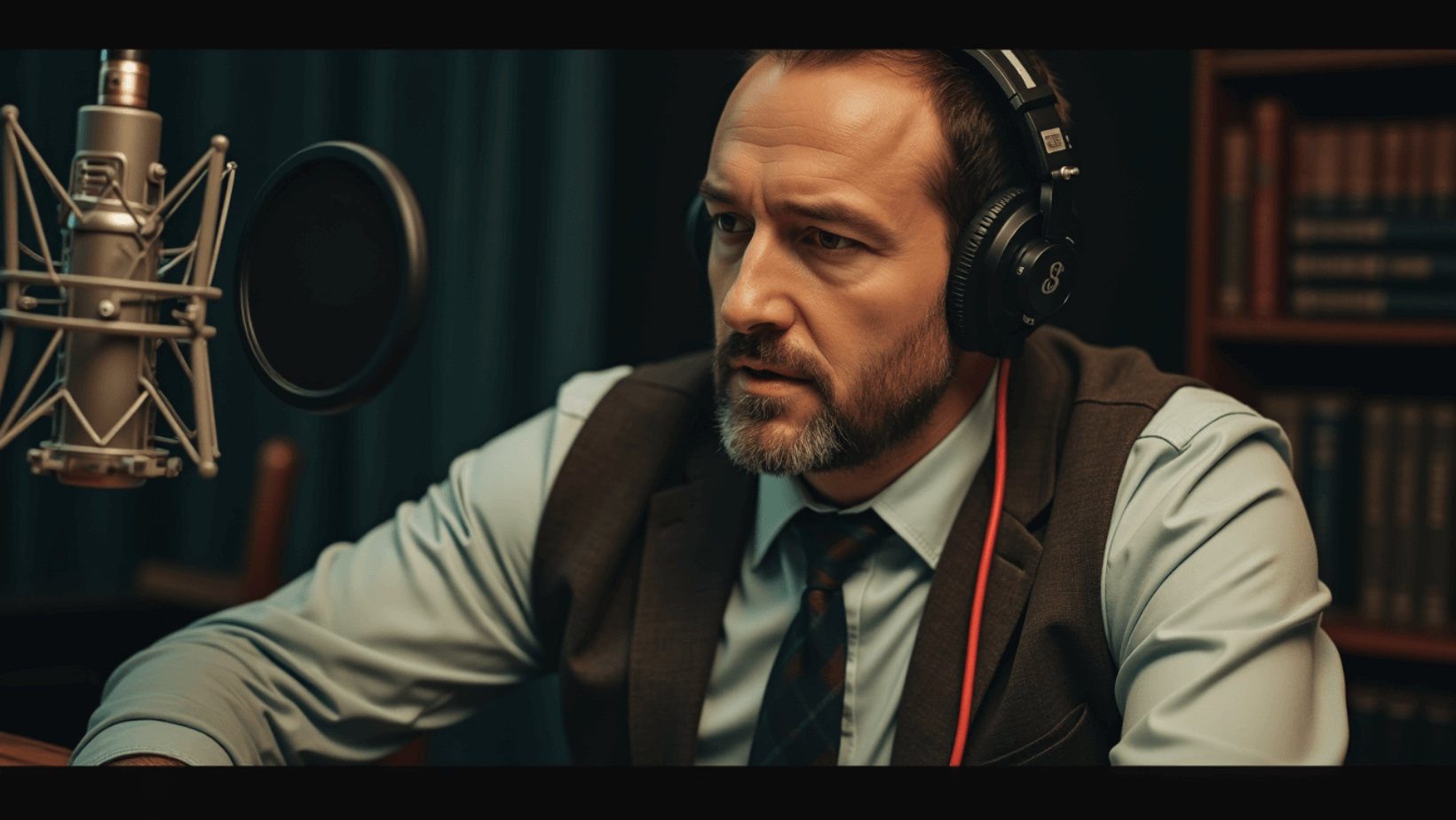
Emotional Connection Drives Growth
Dubbing is about keeping the emotional impact intact. When done right, dubbing can unlock massive growth, allowing creators to tap into new audiences without losing what makes their content special.
But get it wrong and the results can be brutal – lower engagement, decreased watch time, and an audience that just doesn’t connect. That’s why voice-over tone matching and cultural adaptation in dubbing matter. Whether you’re using AI or human dubbing, the goal is the same – making the content feel just as engaging in the new language as it does in the original.
Want to make sure your dubbing actually works? Join AIR Media-Tech and let’s bring your content to global audiences the right way.
